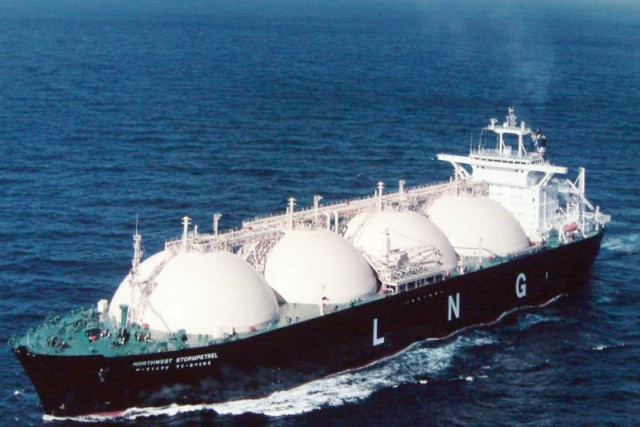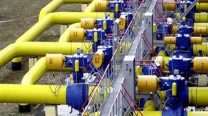No fuel oil; new power plants to run on coal or LNG
This will bring down tariff and ease pressure on foreign currency reserves

This will bring down tariff and ease pressure on foreign currency reserves. PHOTO: AFP
Under a policy aimed at turning attention away from fuel oil, the government has planned to impose a ban on the use of furnace oil in future power projects and replace the expensive fuel in existing plants with either coal or LNG for achieving a better energy mix.
According to officials of the Ministry of Water and Power, the government is increasingly focusing on the consumption of imported gas and coal in electricity generation as well as on wind and solar energy in a bid to ease the pressure on foreign currency reserves and slash power tariffs further.
In future projects, the government plans to generate 11,373 megawatts from coal and 3,600MW from imported liquefied natural gas (LNG) in the short term.
Among the planned coal-run projects, the country will generate 4,920MW by 2018 and 6,453MW by 2019. Gas, wind and solar power will add 580MW in the current year.
Officials suggest that re-gasified LNG (RLNG)-based energy might appear expensive, but it will give advantage in terms of time, economic activity and appropriate energy mix.
These incentives have encouraged the government to start new projects of 3,600MW in Punjab, switch from the expensive fuel oil to RLNG for 1,000MW projects and make plans to stop using furnace oil in more plants having a combined capacity of 5,000MW.
Already, the use of fuel oil is being gradually reduced in power plants of 1,000MW capacity in Sindh.
According to the officials, total installed power production capacity of Pakistan stands at 23,928MW including 2,500MW of K-Electric. Because of de-rating, the capacity goes down to 19,000MW including 7,000MW from hydroelectric power and 12,000MW from the thermal source. This shows that the country is banking on thermal power generation – the main reason for the higher electricity cost.
By replacing it with coal and LNG, the officials said, the country would not only generate cheaper energy but its subsidy bill will also come down.
At present, power distribution companies charge an average price of Rs11.52 per unit against Rs13.52 per unit notified by the National Electric Power Regulatory Authority (Nepra). The difference of Rs2 per unit is being paid by the government as subsidy to the consumers.
In comparison, the cost of power generation from imported coal will be about 50% lower than the cost of furnace oil-based electricity production. In the case of LNG-run plants, the government has filed a petition with the regulator, seeking approval of upfront tariff at Rs8.85 per unit, much lower than the cost of power generated through furnace oil.
Already, the country has experienced this with a decline in furnace oil prices in November and December, which led to a substantial decrease of Rs2.32 and Rs3.21 per unit respectively in electricity prices under the fuel price adjustment formula.
According to sources, Prime Minister Nawaz Sharif had directed the Ministry of Water and Power to frame proposals for setting a limit on oil consumption in power plants. At present, the country has a poor energy mix as a major volume of electricity is generated by thermal plants.
Since the Musharraf government, over Rs2 trillion has been paid to the power sector on account of subsidy.
However, the government has refrained from taking action against captive power plants of the powerful textile lobby, which are the most inefficient but still they are receiving gas. Such plants have average 18-20% efficiency.
Published in The Express Tribune, February 6th, 2015.
Like Business on Facebook, follow @TribuneBiz on Twitter to stay informed and join in the conversation.



















COMMENTS
Comments are moderated and generally will be posted if they are on-topic and not abusive.
For more information, please see our Comments FAQ